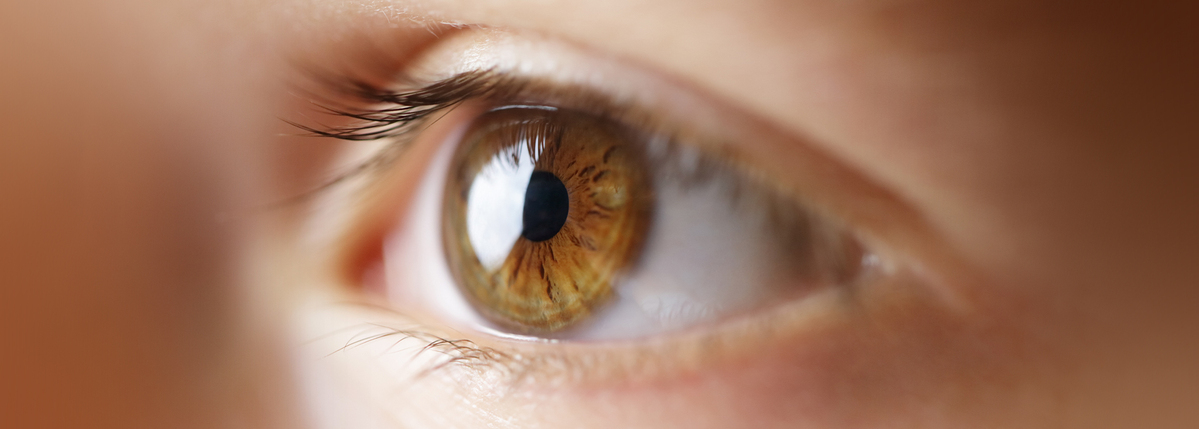What’s the Difference: Ophthalmologist vs. Optometrist vs. Optician
Written by: Ginger Vieira
4 minute read
May 20, 2021
As a person with diabetes, it’s important to have an eye-healthcare team, starting with an optometrist.
Let’s take a look at the different types of eye-health specialists and what they do.
An optometrist is a doctor of optometry who specializes in examining, diagnosing, treating and managing eye-related disorders, diseases, complications and injuries. They are basically the primary care doctor for your eyes. They also address the simplest eye concern—if you need glasses or an update in your existing prescription.
People with diabetes are advised to see an optometrist once a year for an annual eye exam to catch the earliest stages of any diabetes-related eye complications and prevent them from worsening. While an optometrist can often diagnose and treat many common eye diseases with medications (eye infections, injuries, and glaucoma, for example), they will refer you to an ophthalmologist for more severe diabetic retinopathy requiring invasive treatment, like laser therapy, injections into the eye, and/or eye surgery.
Optometrists typically work with retinal specialists who have the most experience treating severe diabetic retinopathy and macular edema. Some optometrists specialize in diagnosis and treatment of retinal diseases, such as dry eye, glaucoma and contact lenses. A few even specialize in diabetes eye care and education. Many optometrists also conduct research involving both common and rare eye conditions.
Ophthalmologists are physicians who specialize in medical and surgical eye care. While you can go to an ophthalmologist for your annual eye exam, your optometrist might refer you to an ophthalmologist if you need more invasive treatment for any diagnosed eye complications, or even for a second opinion when the diagnosis is uncertain.
Ophthalmologists are typically trained to perform invasive treatments, like laser therapy, surgery, or injections into the eye itself. There are subspecialties within ophthalmology, like a retina specialist who focuses on the treatment and surgery of diseases involving your retina. Many ophthalmologists also conduct scientific research to improve treatment options and to find cures for eye diseases and vision disorders.
Optician: An optician makes and adjusts glasses, eyeglass lenses and contact lenses based on your prescription. Your annual eye exam with your optometrist might detect changes in your vision which means changes in your prescription to maximize your vision on the eye chart and in the real world.
How do I choose?
It’s probably easiest to schedule with an optometrist, and you can find one in most general eye-care clinics in your area. You can also reach out to your primary care provider for suggestions and getting recommendations from family or friends.
Your insurance carrier will also be able to let you know what eye care providers and services are covered.
Why do I need an eye doctor?
Unfortunately, people living with diabetes are at a higher risk for vision complications. During an eye exam, the eye doctor can diagnose eye-related disease even before you have symptoms. The sooner you catch any of these complications, the sooner you can treat them and prevent them from getting worse.
People living with diabetes are at a higher risk for vision complications. The most common diabetes-related eye conditions are:
- Retinopathy: Swelling, leakage and bleeding in the blood vessels of your eye’s retina that can cause blindness if left undetected or untreated
- Macular edema: Swelling and fluid build-up in the macula of your eye, often coincides with retinopathy, and can cause severe vision loss if left untreated
- Cataracts: Cloudiness in the lens of your eye that can cause vision loss
- Glaucoma: Increased fluid pressure in your eyes that can cause vision loss and blindness if not treated
- Dry eye: Blurred vision, excessive watering because of chronic dryness, stinging and burning in your eyes resulting from elevated blood glucose (blood sugar) levels, aging and many common prescription and non-prescription medications
Facts about diabetes and eye health:
- Approximately 30 percent of people with diabetes worldwide have signs of retinopathy, and one-third of them have vision-threatening retinopathy, which is defined as severe non-proliferative diabetic retinopathy, proliferative diabetic retinopathy, or center-involved diabetic macular edema.
- The Centers for Disease Control and Prevention (CDC) estimates that 4.1 million people with diabetes in the US have retinopathy, and 11.7 percent reported vision disability, including blindness in 2020.
- People with diabetes are two times more likely to develop cataracts—and at a younger age.
- Between 4.3 and 7 percent of people with diabetes may have macular edema.
- It is estimated that 20 percent of diagnosed dry eye syndrome occurs in people with type 2 diabetes between the ages of 43 and 83 years and the likelihood increases with higher A1C levels.
Eye Health content is created through the ADA x BT1 Collab, with support from Focus on Diabetes™.
Related Resources

This resource on inhaled insulin was made possible with support from MannKind (makers of Afrezza (insulin...
Read more

Editor's Note: This article is about Ginger's personal experience using Afrezza, and what has worked...
Read more

Editor’s Note: We have a simple goal: tap into the power of the global diabetes...
Read more


